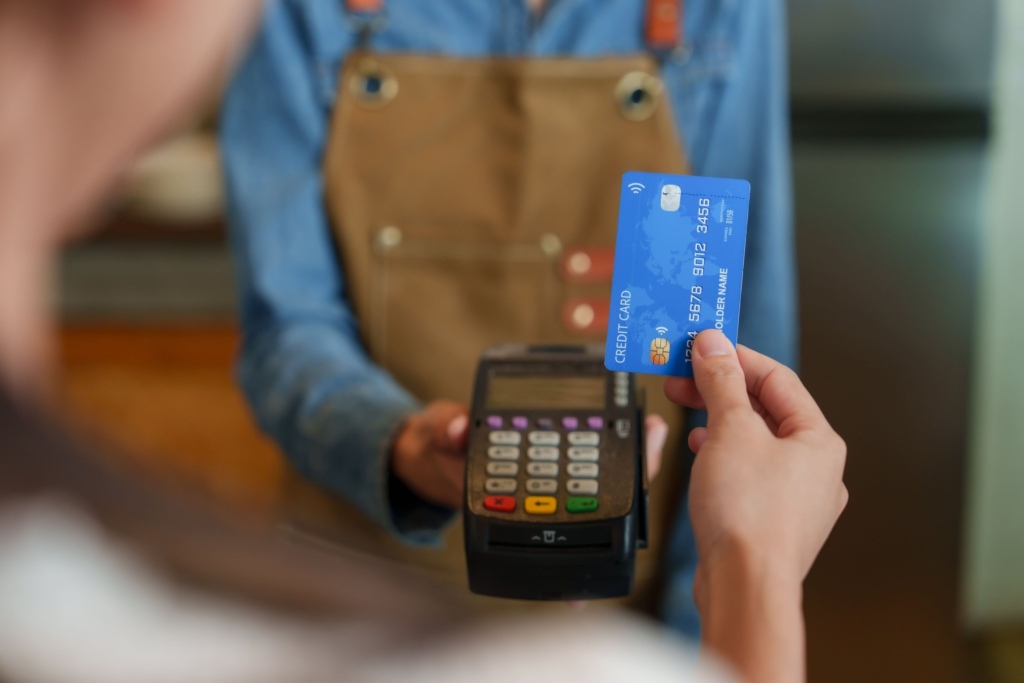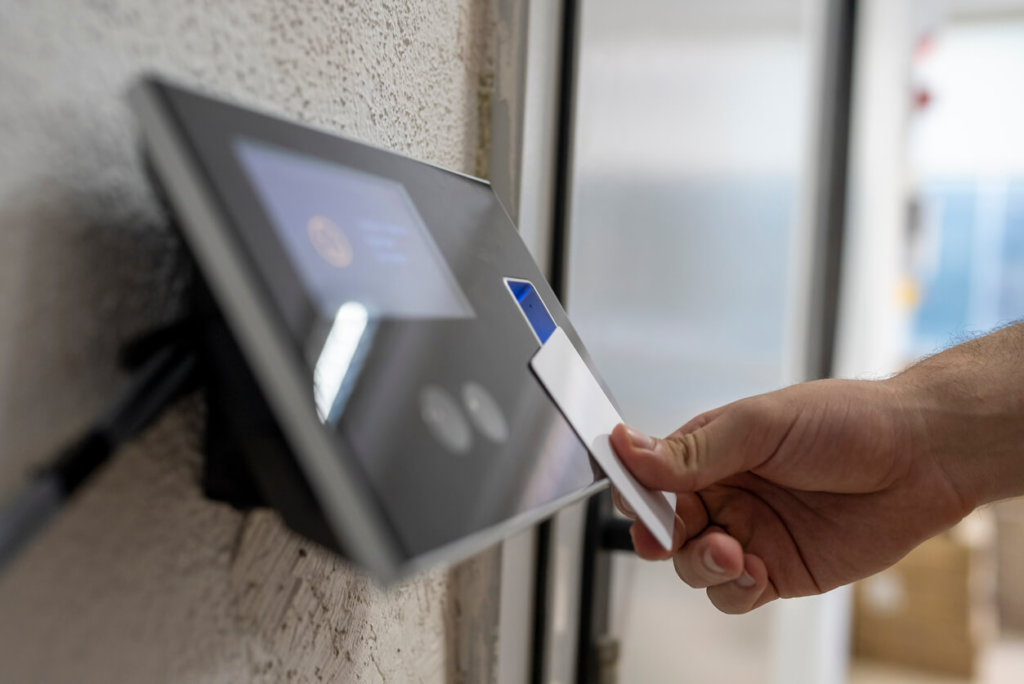
Prox Card Access Systems Meet AI Driven Security Trends
Prox card access systems, once seen as simple RFID tools, are now key parts of AI-driven security ecosystems. They combine traditional reliability with the intelligence of machine learning, reshaping how organizations manage entry, identity, and risk.
The Role of Data and Machine Learning
AI algorithms analyze millions of prox card transactions to detect anomalies. Instead of waiting for a breach, systems can now identify unusual access patterns in real time. For example, if an employee’s prox card is used at two distant sites within minutes, the AI flags it as suspicious.
According to Allied Market Research (2024), the global AI in security market will exceed $133 billion by 2030, growing at a CAGR of over 20%. Prox card data contributes to this expansion by providing valuable insights to centralized security analytics. It’s not just about opening doors anymore—it’s about understanding access behavior.

Seamless Integration with Cloud and IoT
AI-driven prox card systems are no longer isolated networks. They connect with cloud-based databases and IoT-enabled devices, offering real-time control from any location. Facility managers can grant or revoke card privileges instantly through mobile dashboards.
Cloud integration also enhances scalability. A single AI platform can oversee access control across hundreds of global offices, reducing administrative time and human error. Combined with prox card readers, these systems ensure consistent, traceable security across all entry points.
Predictive Security and Risk Prevention
AI transforms prox card systems from reactive tools into predictive defense mechanisms. Instead of responding after an incident, algorithms forecast potential risks based on historical data. For instance, if an employee repeatedly attempts unauthorized entry, the AI can automatically alert the security team or restrict future access.
In high-risk environments such as data centres and research facilities, predictive analysis helps prevent internal threats. This proactive approach reduces the risk of costly breaches while enhancing trust in the organization’s overall security infrastructure.

Combining Prox Cards with Biometrics
The fusion of prox card technology and biometrics is reshaping access authentication. Employees can now tap their prox cards and verify their identity with facial recognition or fingerprint scanning in a single step. This multi-factor model ensures stronger identity verification without adding complexity.
Companies like HID Global and Identiv are leading this convergence. Their hybrid solutions combine prox card readers with AI-powered recognition systems, delivering both speed and accuracy. Such integration also reduces reliance on passwords or PINs, which are vulnerable to human error or sharing.
Real-Time Analytics and Decision Making
AI-driven prox card systems provide live dashboards that display entry data, occupancy levels, and movement trends. These insights help organizations make better operational decisions, such as adjusting staffing levels or optimizing emergency response plans.
A real-world example is Siemens’ innovative building projects, where proximity card data and AI jointly monitor employee flow and optimize HVAC and lighting systems. The result is not only stronger security but also improved energy efficiency—a win for both safety and sustainability.

Challenges and Considerations
Despite rapid adoption, organizations must address privacy and data protection. AI systems process sensitive access data, which requires compliance with standards like GDPR and ISO/IEC 27001. Transparent data policies and encrypted card communications are essential to maintain user trust.
Another challenge is balancing AI automation with human oversight. While algorithms detect anomalies, human judgment remains vital for interpreting context and avoiding false alarms. Successful deployment depends on aligning technology with well-defined security policies.
The Future of Prox Card Systems in AI Security
The future of prox card systems lies in continued convergence with artificial intelligence, mobile credentials, and sensor networks. Over the next decade, AI will enable fully adaptive access control—where systems learn from user behavior and automatically adjust permissions. As industries push toward smart buildings and connected infrastructure, prox card systems will remain foundational. Their proven reliability, combined with AI-driven intelligence, ensures they remain relevant in a landscape that demands both agility and accountability.


